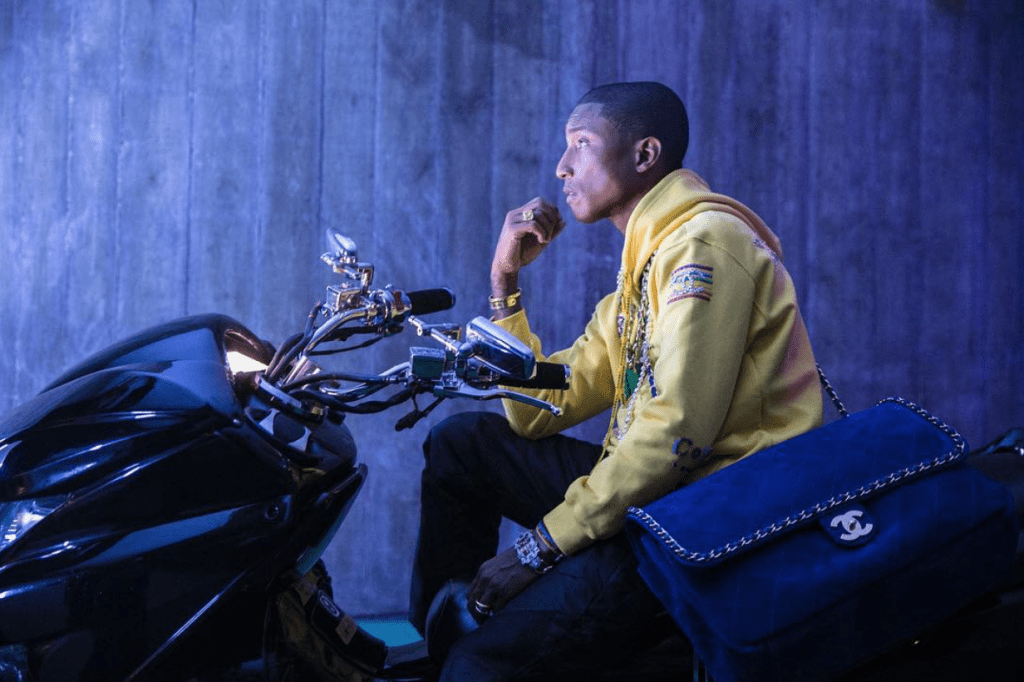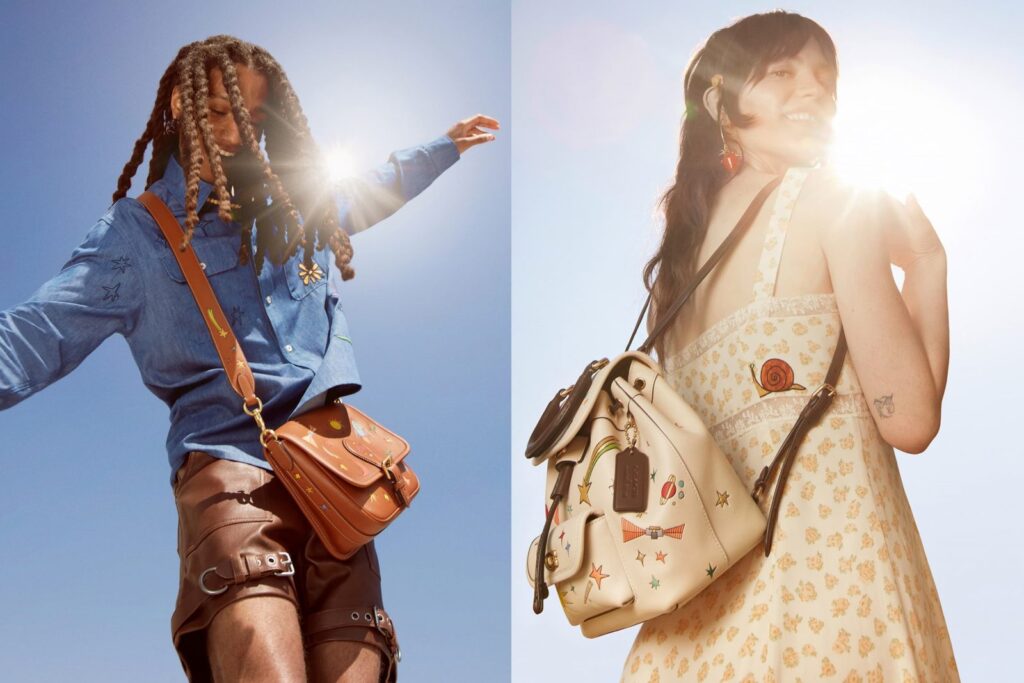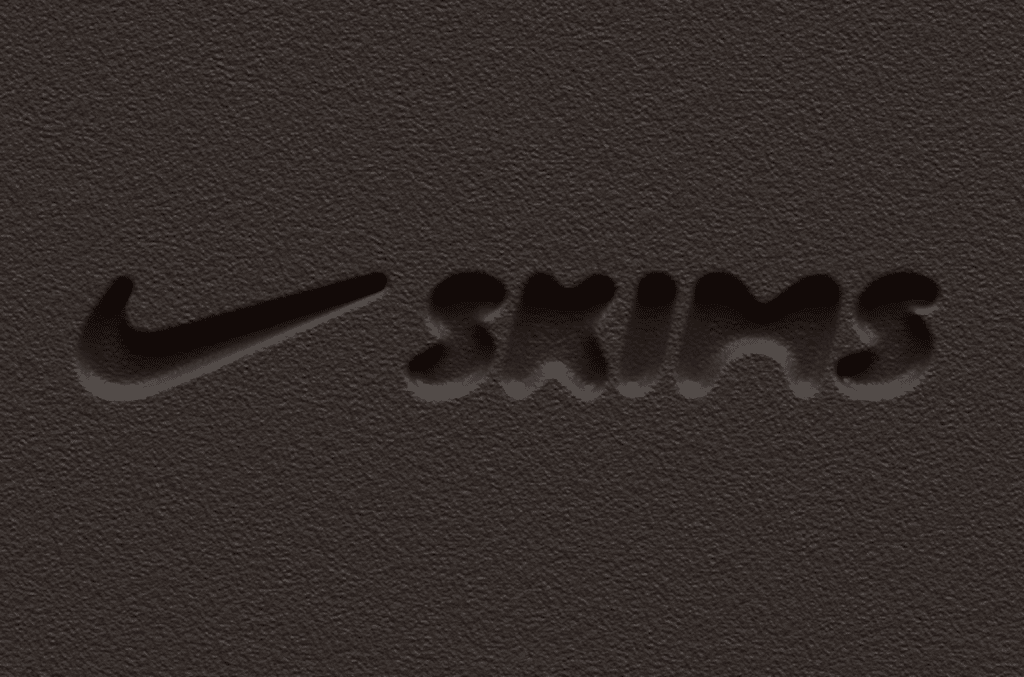Chanel keeps teasing a menswear collection it created in collaboration with longtime brand ambassador Pharrell. Set to debut this week in conjunction with the opening of Chanel’s first flagship boutique in Seoul, the capsule marks another first for the 110-year old Paris-based brand. The late Chanel creative director Karl “Lagerfeld regularly included a number of men’s looks in his runway shows,” per WWD, but “the brand has never marketed unisex or menswear” offerings. Until now.
The timing of Chanel’s first official menswear offerings is far from illogical. For the past 10 years, the fashion industry has been in the midst of a seismic shift. While women have routinely spent more per year on clothing and accessories than men (sales of women’s clothing amount to nearly $645 billion in 2017, versus almost $420 billion for men’s clothing), that is not expected be the case for much longer.
The growth of spending on menswear has outpaced growth of womenswear sales almost consistently since 2009, per business intelligence form L2 Inc., and according to Euromonitor International, menswear sales, themselves, are projected to top womenswear over the next six years. The power of the male fashion consumer is “more than [just] buzz,” Sidney Toledano, head of LVMH’s fashion group, told Reuters in June. “There’s strong demand across the men’s fashion industry, in all its shapes and forms, and which comes in part from a younger clientele. We see it very clearly in the sales.”
Despite strong numbers indicating the revenues to be derived from a focus on menswear, many high fashion brands have been slow to truly embrace this segment. LVMH-owned Celine, for instance, announced that it would launch a menswear collection for the first time ever under the watch of creative director Hedi Slimane. The group’s marquee brand, Louis Vuitton, has also placed an increased focus on menswear, tapping buzzy creative Virgil Abloh to help it to revamp the offerings – and the sales – in its men’s division.
Not to be out done, Chanel – which is Louis Vuitton’s closest competitor for the title of the world’s most valuable luxury brand – does not want to live in the men’s-less camp for much longer, and the impending Pharrell capsule is proof of that. And given the inherently commercial nature of the full Pharrell collection – with “10 pieces of ready-to-wear, such color-blocked t-shirts and hoodies, as well as costume jewelry, sneakers, loafers, mules, sunglasses, hip packs and oversize shoppers” – this is likely just the first of many efforts by Chanel to permeate this space.











